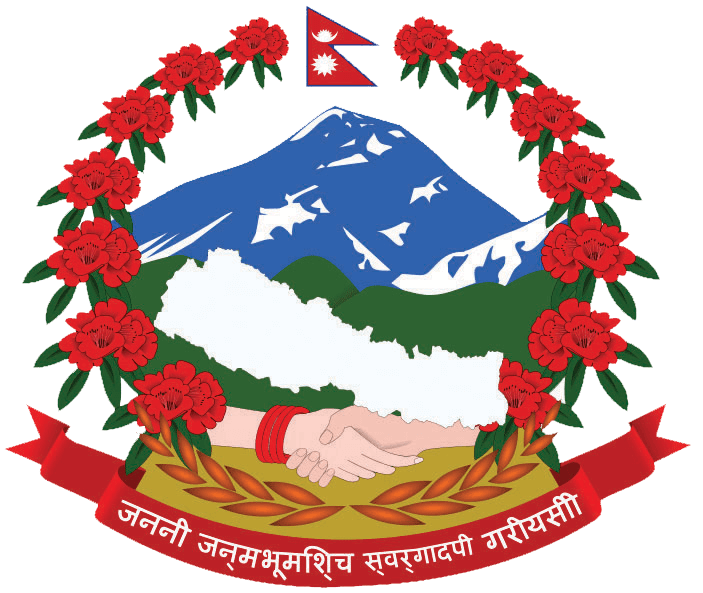Backgound
About the project & database.A 7.6 magnitude earthquake that struck Nepal on 25 April, 2015 followed by several hundred aftershocks brought a huge loss of life and property in Mid Nepal. Many private and public buildings have been completely damaged and millions others are damaged partially.
This earthquake has also damaged a lot of our historic and cultural heritages. The assessment done by the Department of Archaeology reports damage to more than thousand monuments in Kathmandu, Lalitpur, Bhaktapur, Nuwakot and Gorkha. The most affected are those listed in Kathmandu Valley World Heritage List. Among 90% of damaged monuments in Hanuman Dhoka Durbar Area, some are partially or completely collapsed, while some other are left with huge cracks. Around 140 important monuments including Kasthamandap and Dharahara are completely collapsed. This has not only inflicted a irreparable damage to several monuments that were symbol of Nepal's pride but has also deeply affected the tourism sector which has been the backbone of country's economy. Thus the restoration and reconstruction of these monuments in their original form, shape and size has been critical.
After the 2015 earthquake, the Department of Archeology and UNESCO agreed that there should be a computerized inventory and database for more efficient and evidence-based management. Arches , an open source geospatially-enabled software platform for cultural heritage inventory and management, was chosen for this purpose and as a base software for Nepal’s Cultural Heritage Information Management System (CHIMS) . This leads to revolution of working culture and procedures at the DoA. This should focus on strengthening the organization to customize the system for its requirements, to use it in all aspects of its activities, and to evolve and improve the whole organization with the system.
Overview
CHIMS & it's phases.This plan has three phases, and each phase relies on outputs from previous phase. The first phase of this project is focused on creating a project team and setting up an IT environment. It's output is a server and a project team at the DoA with software engineers who can customize CHIMS.
The second phase is focused on building the project team that will bring changes to whole organization. The project team will be trained, tested and will customize the system within Nepal’s cultural context. It's output is the project team who can spread their CHIMS knowledge to the organization and the system ready to be used for Nepal’s cultural heritage.
The third phase is focused on improving all organizational activities with changes in policies and procedures with proper monitoring and evaluation . Specifics of the third phase will become clearer after the successful completion of phase two. The Project coordinator needs to have a clear vision of how the DoA works with information for successful project implementation. The third phase should be continued as long as the organization evolves and improve efficiently.
Department of Archaeology
Background and historyDepartment of Archaeology was established in 1953 A.D. under the Government of Nepal. This is primer organization for the archaeological research and protection of the cultural heritage of the country. Protection and maintenance of archaeological sites, ancient monuments including remains of national importance, museum and archive management are the main concern of Department of archaeology.
Department of archaeology also regulate all archaeological activities in the country as per the provision of the ‘Ancient Monument Preservation Act, 2013’ (A.D. 1956) Likewise, the act also provides ample provisions to protect and preserve any individual monuments, group of monuments, sites and even vernacular edifices located throughout the country either private or public having archaeological, historical, artistic and aesthetic values. This act has authorized the Department of Archaeology as a principal governmental authority to protect and preserve the vast cultural heritage of the country.
- Design and build applications/ components using open source technology.
- Conduct archaeological exploration and carryout archaeological excavation and publish the report.
- Carryout research activities on Nepalese history, culture and archaeology.
- Collect, research and publish the archival materials.
- Establish and enhance the museums.
- Protection, preservation and management of the World Cultural Heritage Sites.
- Prepare and publish the inventory of the cultural heritage.
- Control the illicit export and import of the movable cultural property.
- Provide technical and financial assistance to the local people and agencies for the monument conservation.
- Raise the awareness for the protection and promotion of the cultural heritage.
- Publish the journal of Department of Archaeology "Ancient Nepal"

